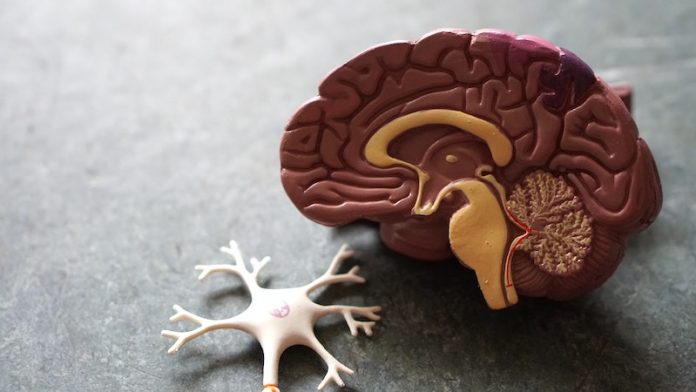
In a new study from the U.K., Germany and the U.S., researchers found evidence of an unusual kind of copper and iron in the brains of Alzheimer’s patients.
They reported their discovery of the metals in two Alzheimer’s patients and what it could mean for the study and treatment of the disease.
Alzheimer’s is a progressive brain disorder. Brain cells waste away, leaving those afflicted to lose brain function until they eventually die; there is no cure.
Copper and iron are found throughout the bodies of healthy people, including the brain. The body uses them for a variety of purposes.
Also, they can both exist in the body in different oxidation states depending on the compound where they reside. The body also regulates such metals because they can take on harmful forms; harmful types are expelled.
In the study, the team examined brain tissue from two deceased Alzheimer’s patients and then using X-ray imaging to learn more about the material inside of the plaque that had formed in the tissue.
They found small amounts of a certain kind of copper and iron inside of amyloid plaque samples taken from two Alzheimer’s patients.
They showed some of those harmful elemental forms in the amyloid plaque, one of the hallmarks of Alzheimer’s.
More specifically, the team found nanoparticles of both in the cores of the plaque that had not oxidized—they had not gained or lost any electrons.
This is the first instance of such nanoparticles being seen in human tissue of any kind.
The researchers suggest the metals they found could explain how Alzheimer’s harms cells—their surfaces would be highly reactive, which could lead to damage when exposed to brain cells.
Future work needs to see if such metals appear in the plague of other Alzheimer’s patients or if they exist in non-Alzheimer’s patients, who may have other degenerative brain disorders.
If you care about Alzheimer’s disease, please read studies about people with these 2 mental problems may develop Alzheimer’s early and findings of a new method for an effective prevention of Alzheimer’s disease.
For more information about Alzheimer’s disease prevention and treatment, please see recent studies about if your left and right-brain age differently, you are more likely to have Alzheimer’s disease and results showing that this blood pressure problem may increase Alzheimer’s disease risk.
The study is published in Science Advances. One author of the study is James Everett.
Copyright © 2021 Knowridge Science Report. All rights reserved.



